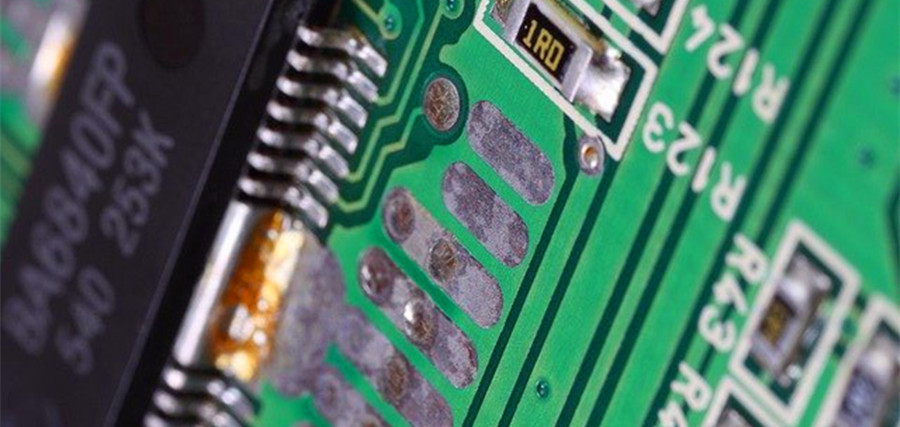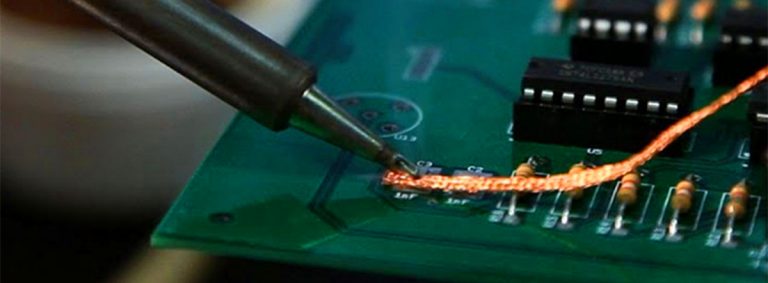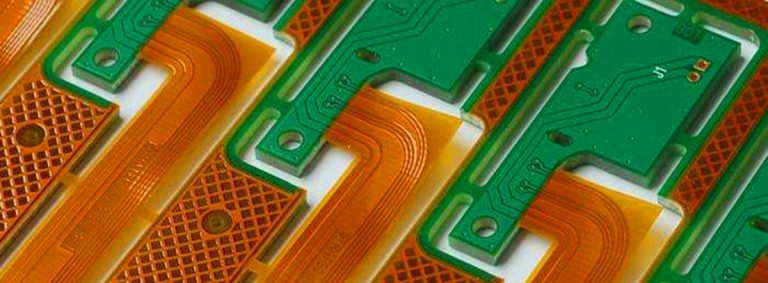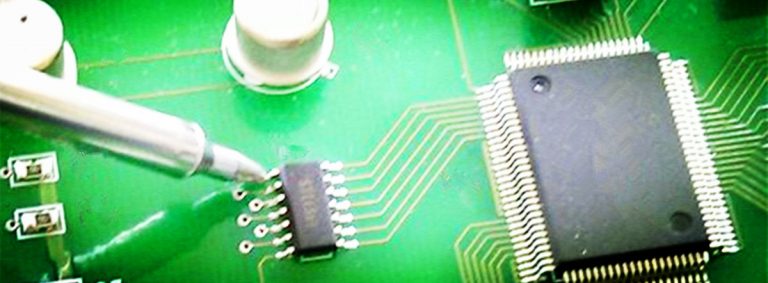What Needs do Soluble PCB Assemblies Meet in the Medical Industry?

There are now more mobile phones and laptops than the entire world population. After using these mobile devices thoroughly, the researchers successfully paired them into final recyclables, resulting in more environmentally friendly devices in electronics manufacturing. Likewise, with the advent of soluble PCB Assemblies, there has been rapid innovation in the medical world. Medical research first came up with the idea of an electron-dissolving device: Once dissolved, it’s gone.
In addition, the skilled soluble PCBA concept has led to the medical need for unique technologies including brain monitors, electrical stimulators to accelerate bone development, and drug delivery systems to implant them in the human body.
From insulin pumps to pacemakers, electronic implants are powerful and resourceful health insurance tools. However, they have a range of high risks in terms of surgical complications and health. Soluble PCBA technology emerged with these critical needs of the medical industry. With the new development of the electronics manufacturing industry, its wealth has gradually expanded to important fields such as consumer electronics, recycling technology, and the marine industry.
The new PCBA technology supports medical innovation, in addition to supporting robust and improved healthcare in the clinic and hospital field, it operates at various pain points with high-performance patient monitoring capabilities.

Soluble PCB prototypes have created many new discoveries in medical electronics, saving time by avoiding additional surgery, reducing medical complexity, and providing patients with reliable and less painful treatments. As a new field in the medical, healthcare, and dental industries, the current trend of high frequency and multi-function is developing, which indicates a significant increase in electronic innovation of printed circuit boards.
Water-soluble flux is one of the various fluxes in PCB assembly that suspends the solder paste process and acts as a medium for eliminating solder particles. It consists of corrosive and reactive organic acids. In mainstream soluble PCB components, it is important to leave and set a critical level of corrosion flux residue on the printed circuit board.
Based on board geometry, material composition, and flux type, and volume, flux removal has become a hot topic for successful soluble PCB fabrication. This is because if any flux remains on the board, it can increase the likelihood that the ECM will cause a serious failure. After the reflow process is completed with the flux and water-soluble paste in the PCB, the flux residue is removed thereafter.
Now, soluble PCBAs can meet the exact needs of the complex framework and criticality of brain monitors. These tiny chips that can be implanted into the brain help doctors monitor people who have had brain surgery or head trauma. Soluble PCB assemblies are also a step forward in the retrofitting of neurodiagnostic devices, leading to advances in physiological and brain interpretations related to neurodegenerative diseases, chronic diseases, and patient sleep quality.







